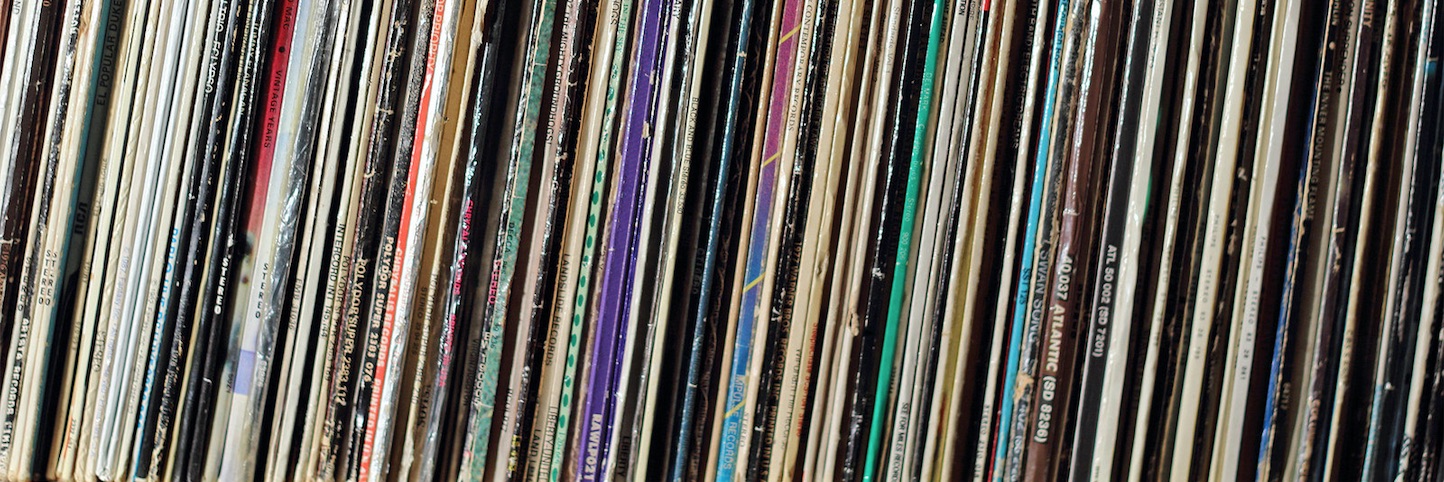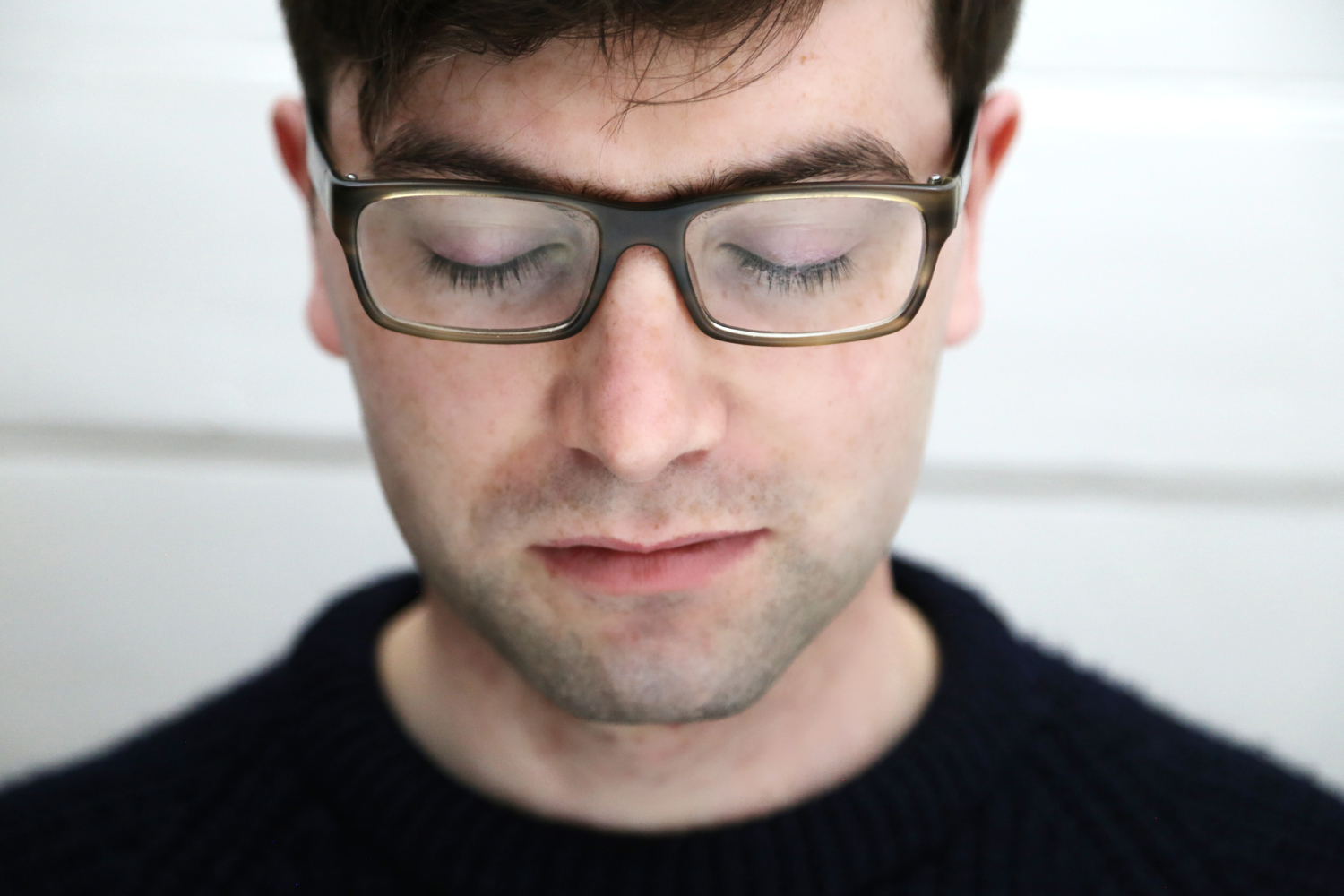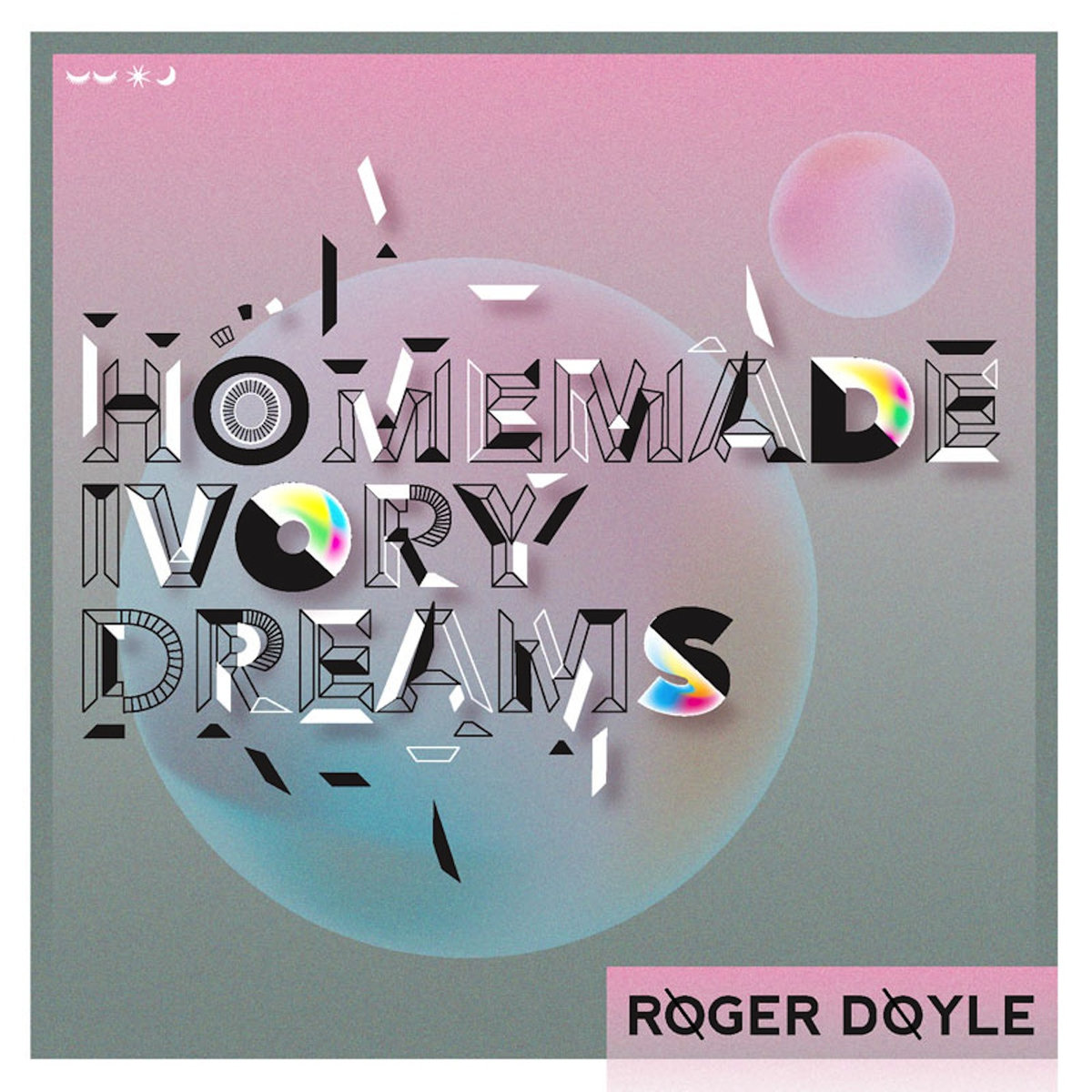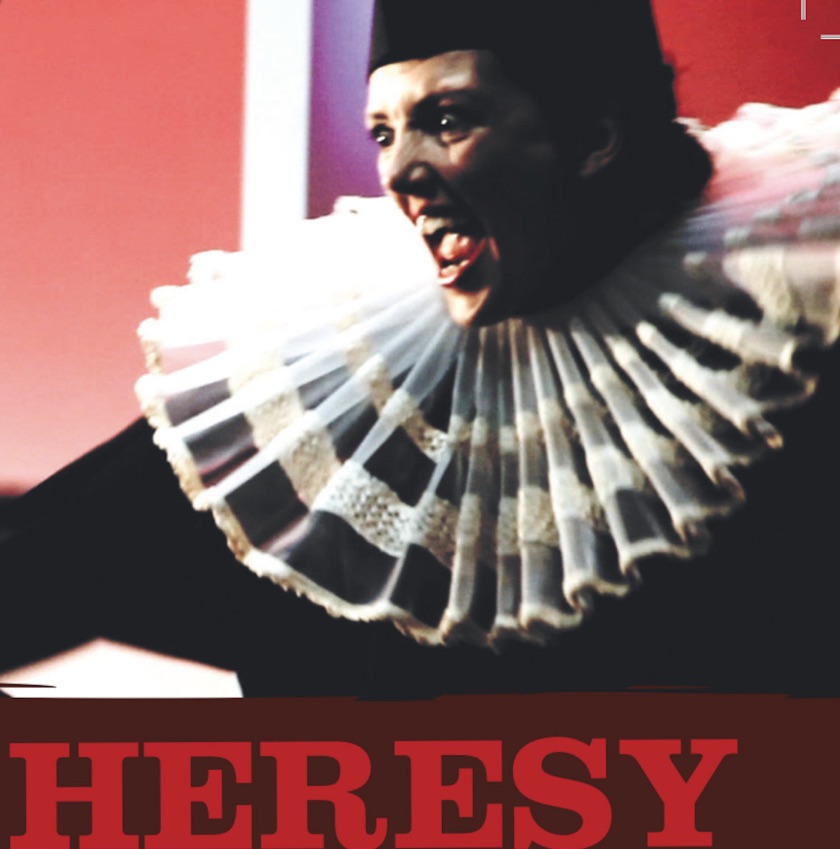Recording New Music
Michael Quinn writes about the current state of the new music recording scene in Ireland and speaks to label owners and composers Benedict Schlepper-Connolly, Nick Roth and Roger Doyle about some of the challenges and opportunities which it faces.
2016 marked a turning point for the global recording industry. With sales growing by nearly 6% to deliver revenues of €13.8 billion, digital platforms accounted for more than half of all income from recorded music for the first time.
The surge – the fastest year on year growth since the International Federation of the Phonographic Industry (IFPI) began tracking sales in 1997 – followed a 3.2% increase in 2015. The figures tantalisingly hint at the possibility that a corner may have been turned after a vertiginous cumulative reduction of 40% in the market since the turn of the century.

Photo Daniel Antal, (CC BY-NC-ND 2.0)
With streaming now driving growth where once downloading led the way to a brave new online world, digital platforms have created unprecedented opportunities for independent Irish labels and access to an audience of hitherto unimaginable breadth and size. But the new landscape also presents significant challenges in a marketplace where the vinyl LP is enjoying an unexpected resurgence and the compact disc, despite regular readings of the Last Rites, stubbornly continues to assert its presence.
In the digital world, access is all. For Benedict Schlepper-Connolly, co-founder with fellow composer Garrett Sholdice in 2006 of the Dublin-based Ergodos label, the online market offers a contemporary solution to a timeless problem.
“We were trying to create a platform for our own work and a functioning business while reminding ourselves that we’re on a small island with a tiny population. As an Irish record label, our focus is on how to get off the island.”
Despite the technological ease of digital production and delivery, the challenges for independent labels have never been greater, as Nick Roth, co-founder of Ergodos’s Dublin neighbours, Diatribe Records – which this year reaches its 10th anniversary – recognises with his pointed piscine observation that “We’re just one more mackerel in a sea full of fish.”
He explains: “A big part of our initial focus was just documenting was happening here. One of the reasons we’ve kept going is that there’s so much music; a constant surplus of high-quality contemporary music which is begging to be recorded, released and documented.”
How best to achieve that ambition goes to the very heart of the digital conundrum. In 2013, five years after launching, the streaming market leader Spotify claimed its average payments per stream were “between €0.005 and €0.0073”. Last year, when it relaunched its Spotify Artists site, it stopped publishing details of the fees labels could expect leading to widespread suspicion that the already miserly income had been reduced.
In June, despite reporting 140 million active users in the previous year and annual growth of 80% and 51% between 2014–15 and 2015–16, Spotify still recorded a loss of €539 million on revenues of €2.9 billion.
It’s not alone in struggling to make money from streaming. In the middle of July, a media feeding frenzy suggested its competitor SoundCloud would be a distant memory by the beginning of 2018. Despite attracting funding in excess of €175 million over the past decade, it made a loss of €51 million in 2015. Predictions of its imminent demise followed news that it had sacked 40% of its workforce and closed its London office in a desperate attempt to save money.
If the dominant presence in the digital marketplace and the champion of independent artists are struggling to make a profit, what hope for independent operators?
Nick Roth, whose catalogue now extends to 32 releases, finds himself in a comparable financial conundrum.

Nick Roth
“Diatribe is a very expensive and time-consuming hobby and the starting point is that we’re not going to make any money. I don’t get paid at all. If I’m lucky, I’ll get expenses. Some of our releases cost €25,000 and sales might reach €500; most won’t even earn what they cost to make.”
Schlepper-Connolly agrees that recordings with such budgets “are never going to be commercially viable” and both Diatribe and Ergodos have previously received project funding from the Arts Council to cover up-front costs. But since the closure of the Music Recording Scheme in 2014, the financing of independent recordings has become even more precarious.
Which makes the promise of digital revenue streams all the more alluring. As Roth says, “selling directly through digital platforms makes a lot of sense; it’s a more practical model for labels of our size”.
Except that within the new digitised dispensation, old purchasing habits are proving stubbornly resistant to the brave new world online. Both Roth and Schlepper-Connolly continue to issue new recordings on CD.
“The main reason we do that,” explains a pragmatic Roth, “is that a lot of reviewers and radio stations still only take CDs. And CDs still sell at gigs and concerts. Sending and selling vinyl is too cumbersome and download cards and links don’t appeal to concert-goers or radio presenters.”
Composer Roger Doyle echoes Roth’s comments about the importance of CDs to radio stations, with both citing examples of discs being played on air within 24 hours of being delivered.
But for Doyle, who now simultaneously releases material on CD, through his Bandcamp and SoundCloud channels and via third-party download and streaming services, the emerging dominance of digital formats is a mixed blessing.
“Releasing my music makes me feel connected in some way. It’s my shop window to the world and I’d feel that I wasn’t reaching anybody and terribly cut off if I didn’t have those outlets. But I’m very sad that the CD is in decline.”
Explaining his fondness for physical products, he says: “Your relationship with the music is entirely different when there’s nothing but a digital file. CD quality is only equalled by digital WAV files for clarity and detail. By comparison, MP3 [the most common digital format] gives such a poor representation of music in general. It might sound fine for five minutes, but after 10 minutes it hurts your ears with all the filtering and compression going on.”

Benedict Schlepper-Connolly
Schlepper-Connolly says CDs still play a significant part in sales of recorded traditional and classical music while noting that for Ergodos, “in terms of sales, everything is coming pretty much from vinyl. Downloads have fallen off a cliff and streaming has changed rapidly in the last couple of years but we still don’t know if that’s just the current fad.”
The IFPI’s 2017 Global Music Report revealed a fall of just over a fifth in income from downloading in the previous year, with a surprisingly robust 34% of global revenues generated by physical formats, largely down to sales of vinyl.
Although recent figures from Deloitte suggest vinyl will account for only 6% of total industry revenue in 2017, sales of a format consigned to history a generation ago are expected to set cash registers ringing to the tune of €1 billion this year.
“Vinyl is the only thing I’m buying now – it’s how I like to listen,” says recent convert Schlepper-Connolly, whose vinyl releases on Ergodos now account for three-quarters of the label’s sales.
But physical formats pose additional problems for labels. They require distributors who usually don’t place as much importance on the disc as the label. Roth recalls a distribution deal with Japanese multi-national giant Sony “which basically meant shipping boxes of CDs to a distribution centre that we never received any money from or feedback for.”
Contrastingly, Ergodos has recently signed to a distributor for the first time. “We wanted to stay away from a ‘classical’ distributor,” says Schlepper-Connolly explaining his choice of London-based Cargo Records.
“They distribute a wide range of genres from experimental to contemporary folk and classical and seem to cater for the slightly hard to define audience that we have noticed for our releases: a younger audience, mostly in their 20s and 30s, that are finding us from other kinds of music than purely classical.”


Like Roth, Doyle, too, recalls a deal he had with the American conglomerate CBS (whose forebear, Columbia Records, ironically enough, was the first to release recordings on vinyl LP in 1948) that came to nothing.
It’s a measure of the continuing importance of physical formats that Doyle has signed a deal with major player Naxos to distribute the two-disc release of his first opera Heresy (appropriately enough on Heresy Records) in the autumn.
Even so, he confesses, he is “in no hurry to bring out something on vinyl” citing its limitations alongside its attractions.
“They are beautiful things to hold in your hand and there’s a lot of talk about the warmth of vinyl – which may be true – but you’re limited to 20 minutes per side. The Beatles’ Sergeant Pepper was only 39-minutes long, The Beach Boys’ Pet Sounds, 38 minutes. Beyond that, the quality deteriorates because of the compression and you have to be cut the frequencies.”
Roth concurs with Doyle in regarding the vinyl LP as being “much more desirable as a physical object”, but sides with Schlepper-Connolly in thinking “vinyl will outlast CDs. The CD as a medium will be dead within the next five years.”
For him, the current pluralist retail model that accommodates both digital and physical products more adequately serves his needs.
“Unless you’re a big label pressing 10,000 copies you’ll likely not get into larger record stores, and in independent retailers you don’t get paid up front for orders. It’s not worth the time or the effort. In the past, it would take us four or five meetings for each title for a shop just to stock five copies. And then it could take you a year to get paid. We just gave up. Now, it’s got to the point where there is an income – however small – from streaming.”
Ergodos, too, reports some revenue from streaming but, cautions Schlepper-Connolly, “if you look at the figures, it doesn’t add up.”
Recent findings from a survey of leading streaming sites by pressure group Artists for an Ethical and Sustainable Internet on thetrichordist.com, offer some explanation of that assertion. It found that the number of individual streams required to generate the same income as a traditional sale of a physical format was 83 on Apple Music, 90 on Google Play, 95 on Deezer, 139 on Spotify, and an eye-watering 876 on the ubiquitous YouTube, which pays just €0.0008 per view.
Doyle thinks that the presumption of free online music is coming to an end, citing Bandcamp’s option to allow purchasers to pay more than the price requested by the artist and claiming “about 80% of people who buy my music on the site pay more than I ask for”.
Even so, he adds, his earnings won’t allow him to retire just yet.
“I make approximately a cappuccino – about €3 – a day from digital sales. Which is better than it was!”
In an attempt to square the circle and begin to make money, Nick Roth is currently looking at creating a licensing arm for Diatribe, after being approached by a producer keen to use a track for a television series.
“We got as far as the contract stage and agreeing a release fee and though it wasn’t much, just that one track would have generated more than we had raised in sales from our entire catalogue since the beginning of the company.”
Licensing even one or two tracks per year, he adds “would give us an independent income stream without having to rely on one-off grants or one-to-one sales”.
While Doyle has some advantage in the singular proposition of selling his own music, Diatribe and Ergodos both take a broader, more eclectic approach that creates its own difficulties in establishing and securing a recognisable brand identity in a crowded marketplace.
“The challenge is to communicate the diversity of what we do,” says Schlepper-Connolly. “We always try to project the common thread linking everything we do: an omnivorous attitude to musical curation to begin with, and working towards a considered and sincere expression of each recording with a keen eye to the quality of how it’s made.”
As both labels venture into their second decade, both are facing the same brute issue of sustainable financing.
“We’re at the stage now where the scale of our operation really needs a more stable financial base,” says Schlepper-Connolly. “We’ve just opened a post-production studio in Dublin and hiring that out will provide some income for us. But running a record label in Ireland needs money.”
Writing in The Irish Independent newspaper in 2015 shortly after the Arts Council closed its Music Recording Scheme, Victor Finn, chief executive of the Irish Music Rights Organisation, noted that although the Irish music industry “currently employs 11,500 jobs nationwide and is worth close to half a billion euros annually to the economy”, there was a pressing need to address “the lack of a clear and coherent strategy to support the sector”.
As artists and labels continue their commitment to what Schlepper-Connolly describes as “projecting a story about our musical culture”, the digital sales place shows every sign of remaining central to their endeavours. Which makes the need to address adequate provision of public support ever more crucial.
Michael Quinn is a freelance music and theatre journalist based in Co. Down.
